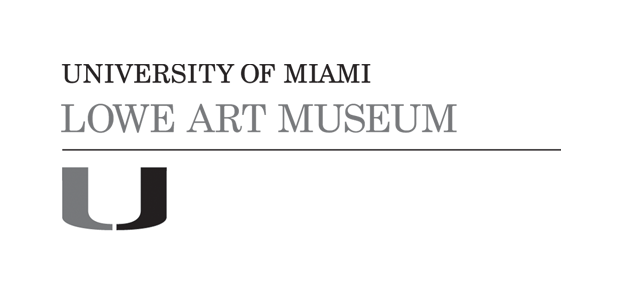A Larger View (By Another Artist) of That Celebrated Natural Curiosity, the Perforated Rock, in Tolaga Bay, in New Zealand
Artist/Maker
Gerald Sibelius
(The Netherlands, 1734-1785)
Artist/Maker
Herman Diedrich Spöring
(Finland, 1733-1771)
Date1784-1786
CultureEnglish
Mediumengraving
DimensionsSheet: 9 3/4 x 14 1/4 in. (24.8 x 36.2 cm)
ClassificationsVisual Works
Credit LineGift of Drs. Ann and Robert Walzer
Terms
Object number2004.50.9.9
On View
Not on viewCollections













